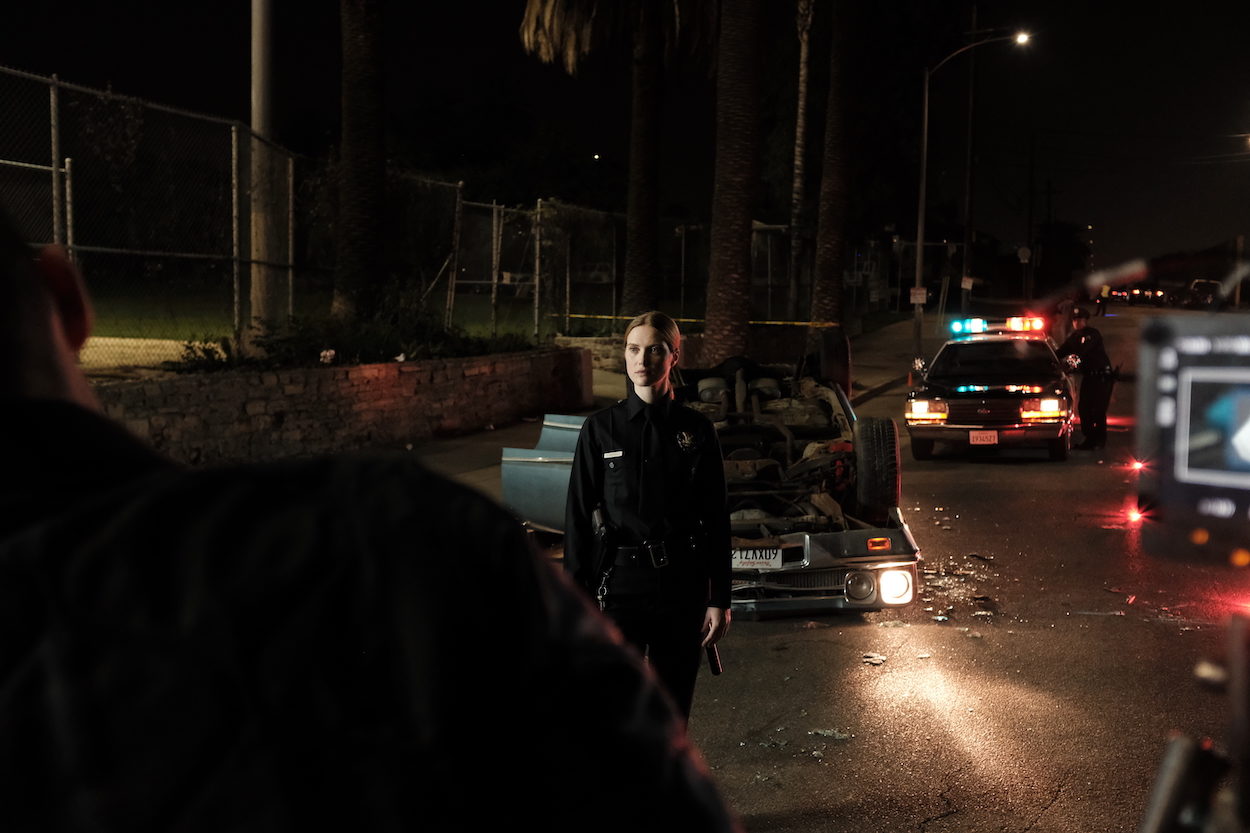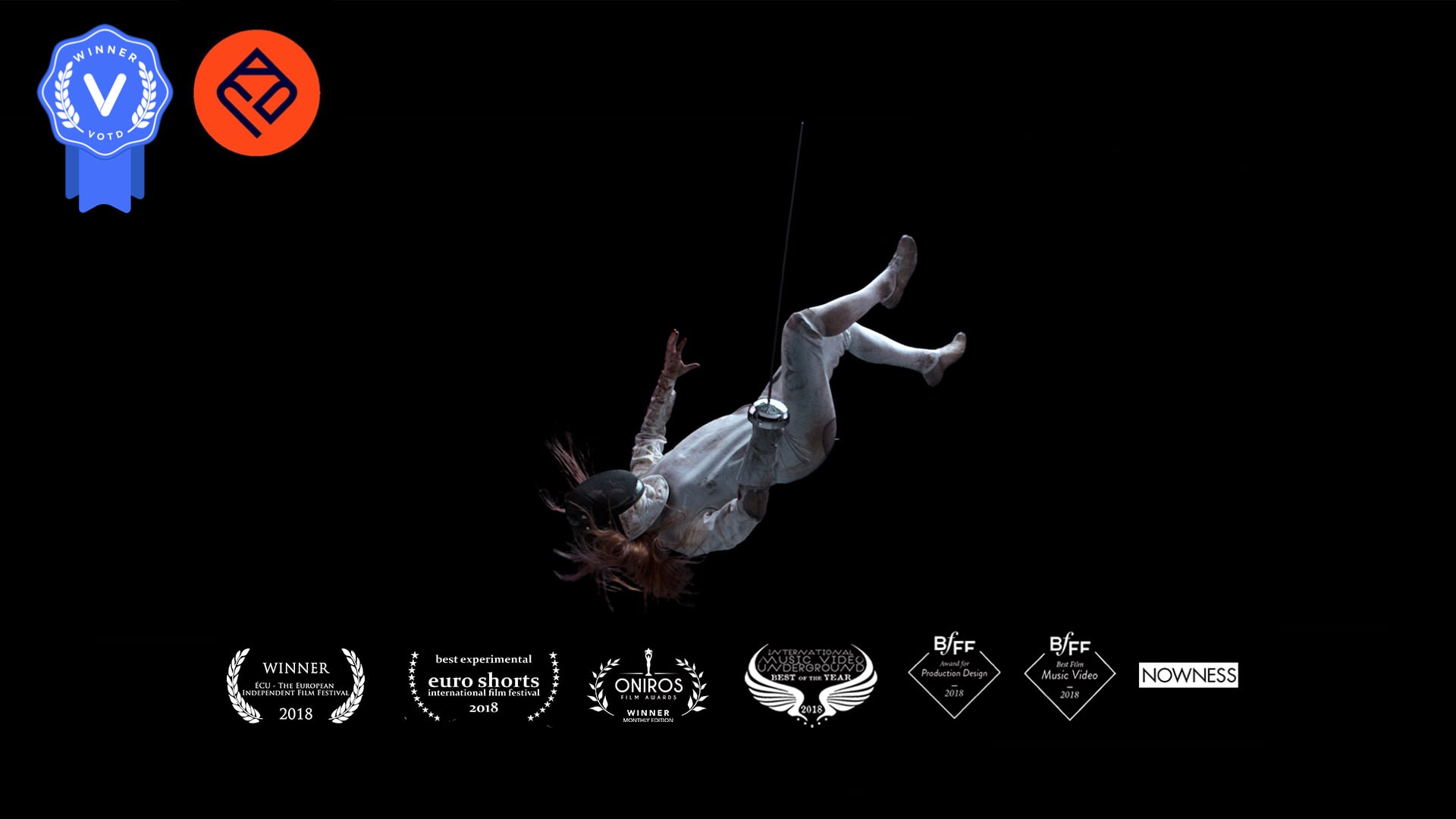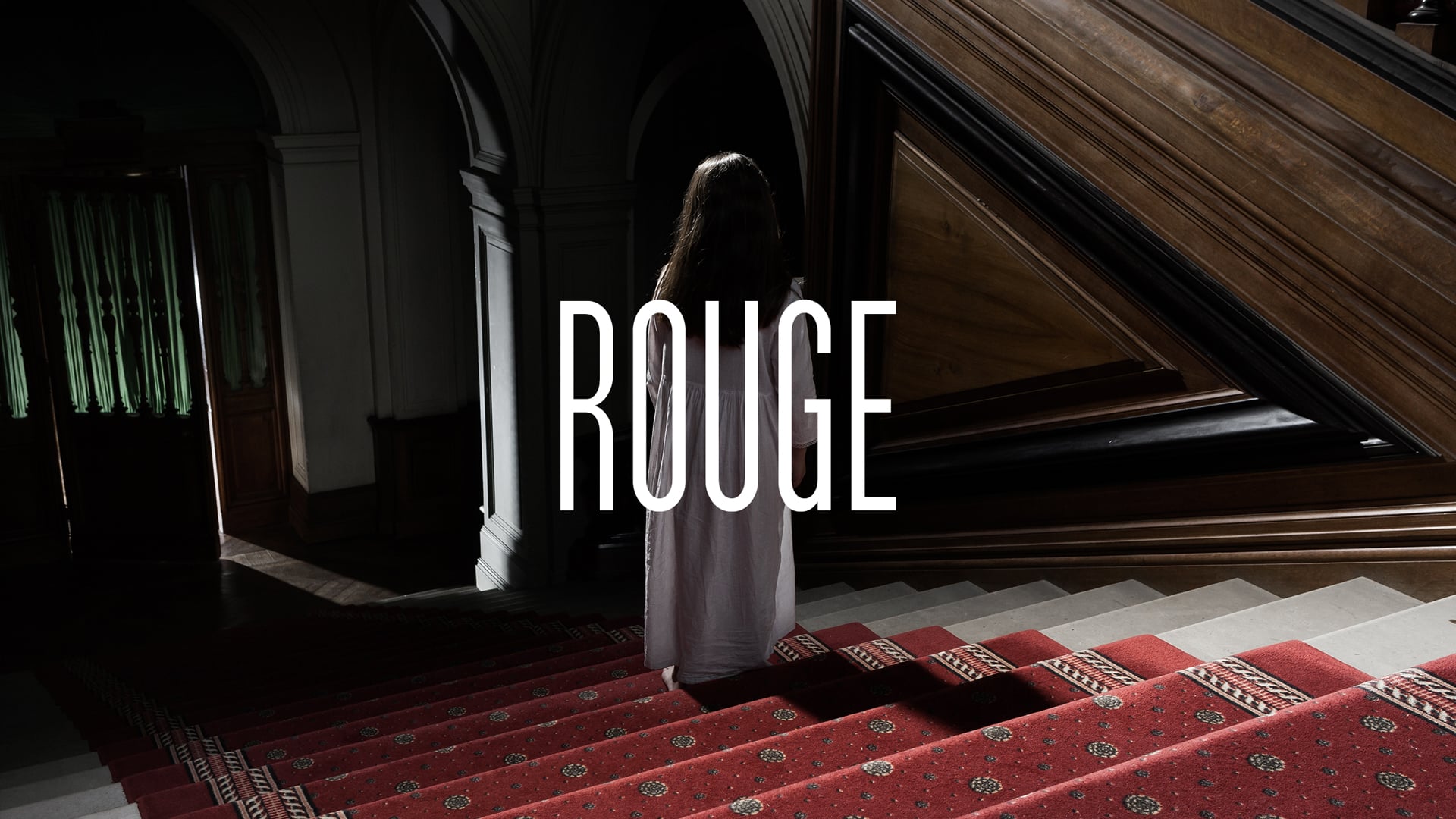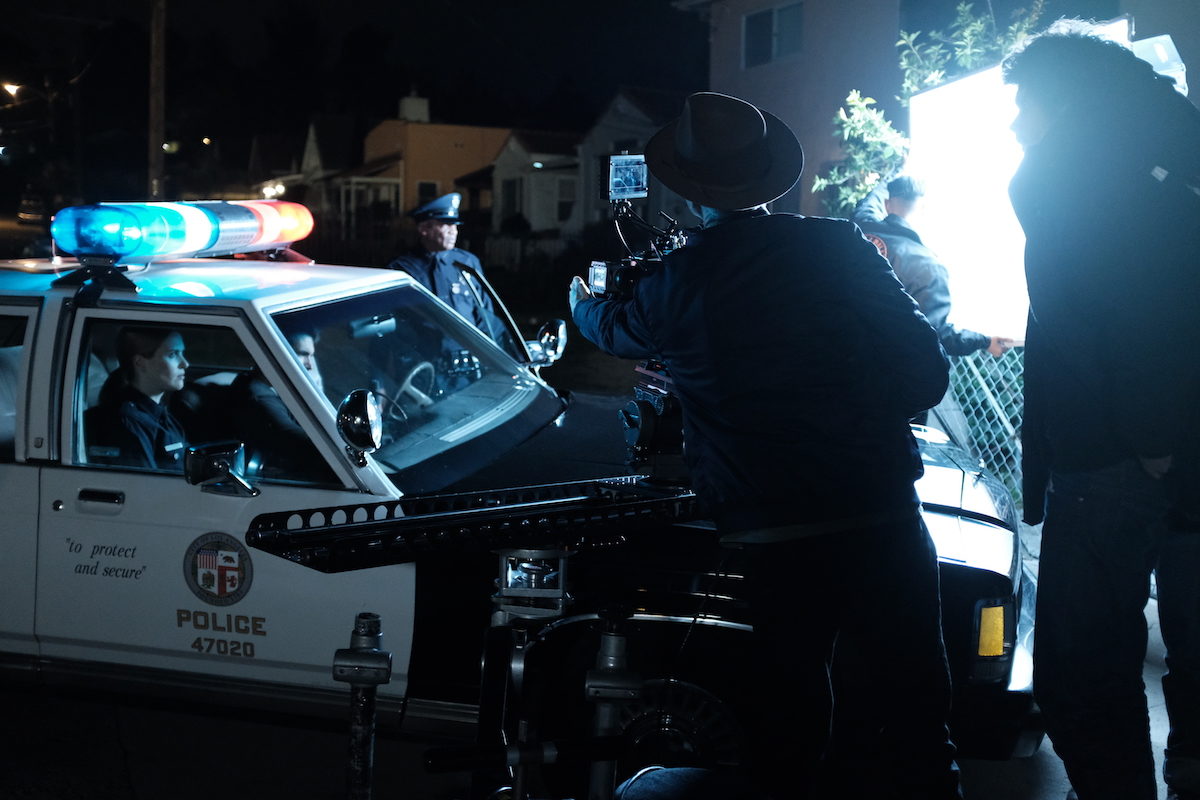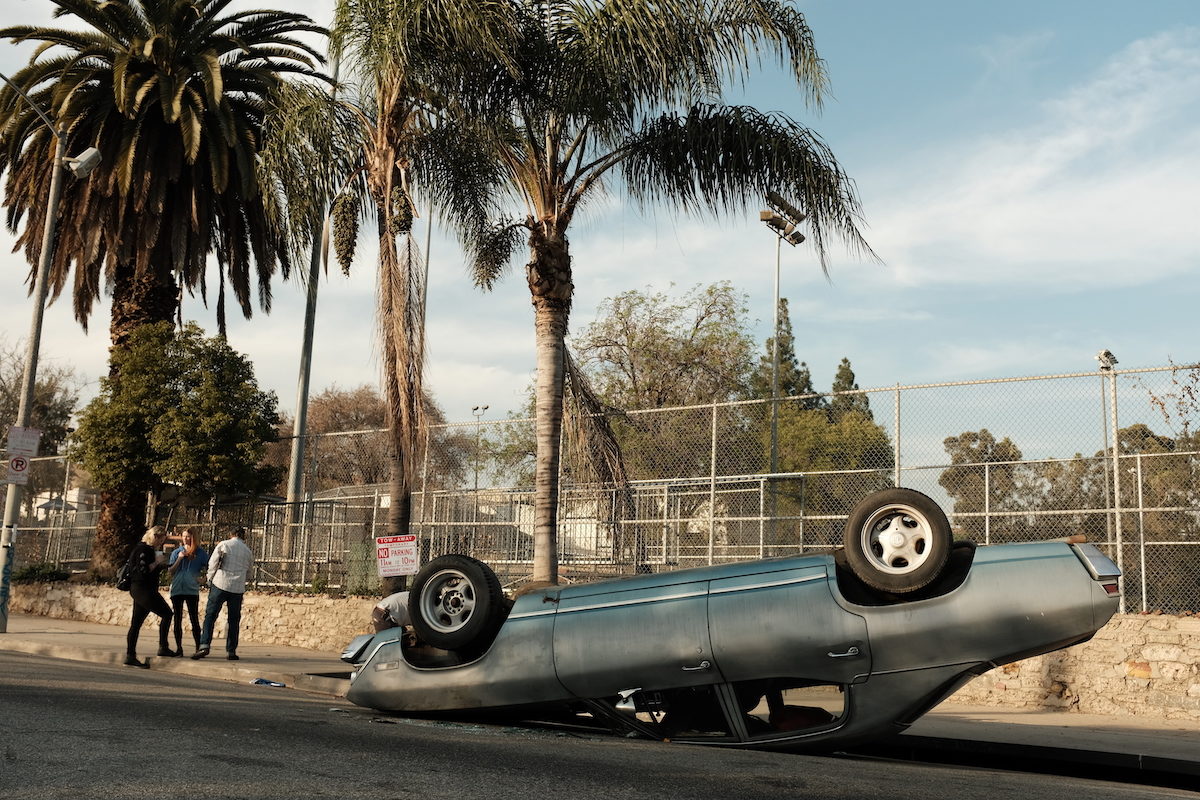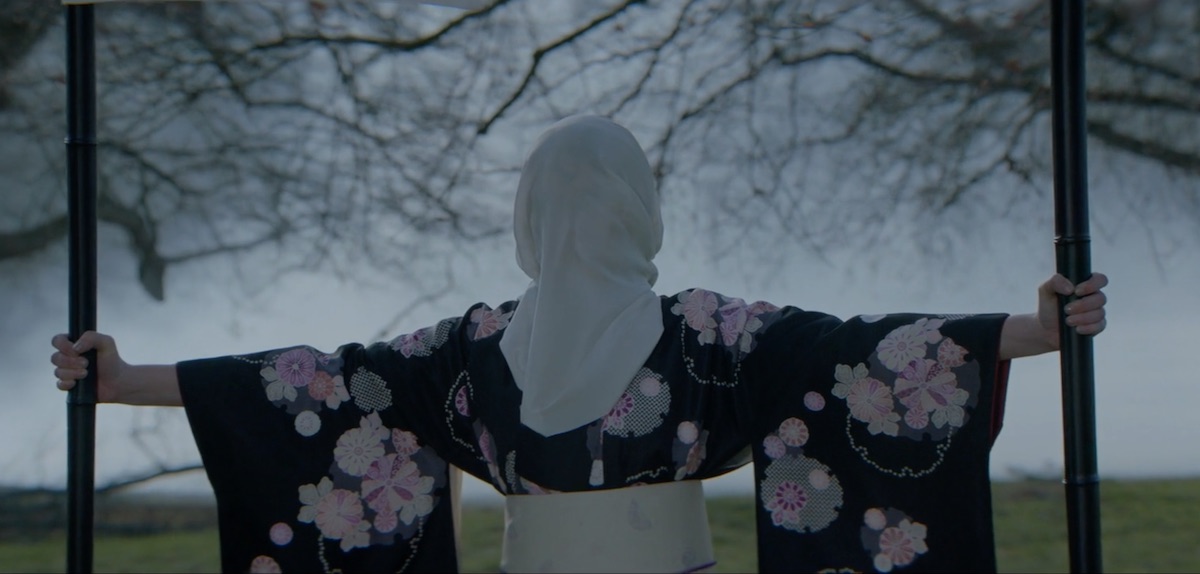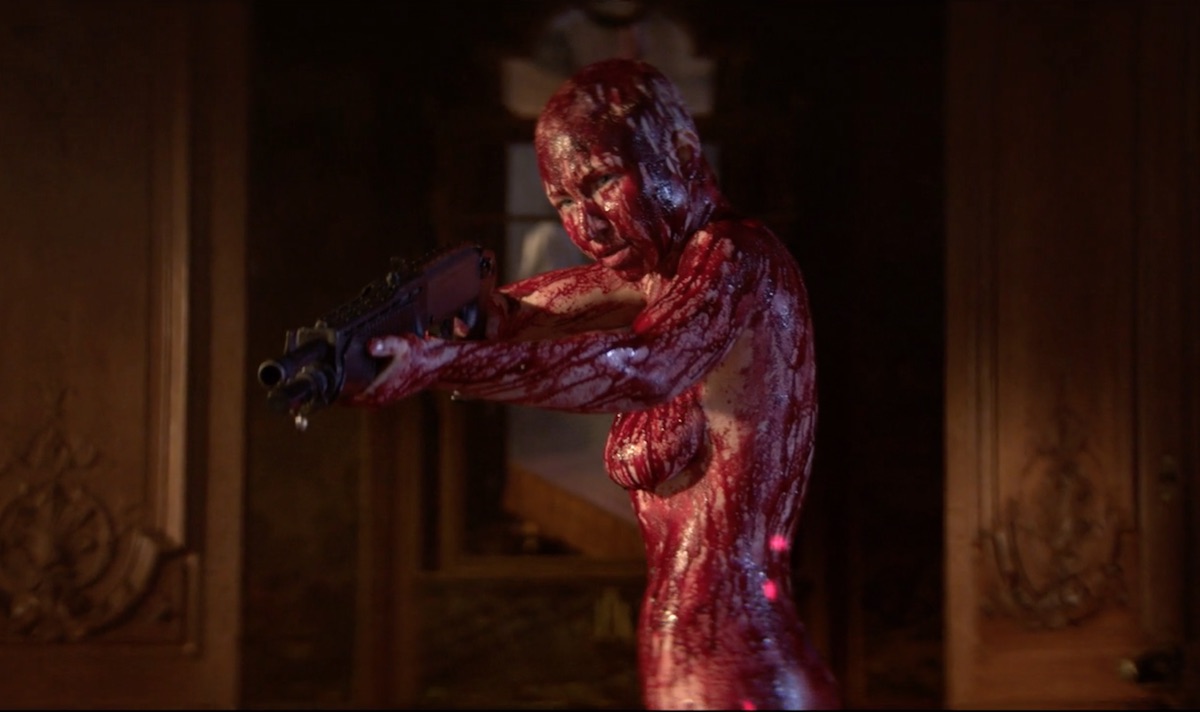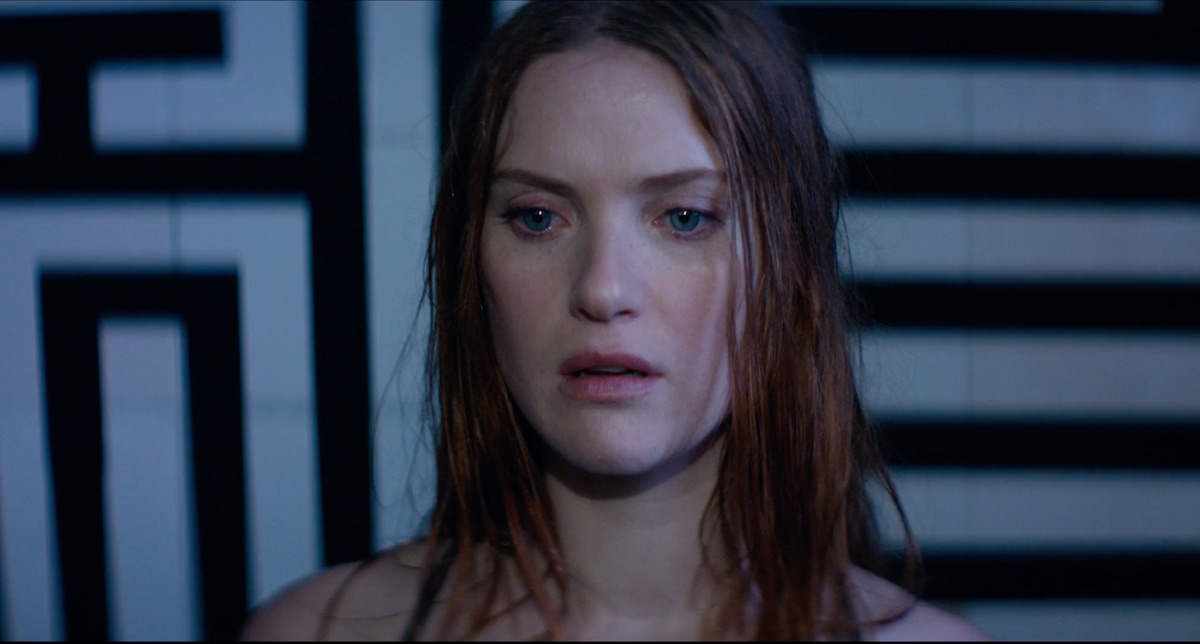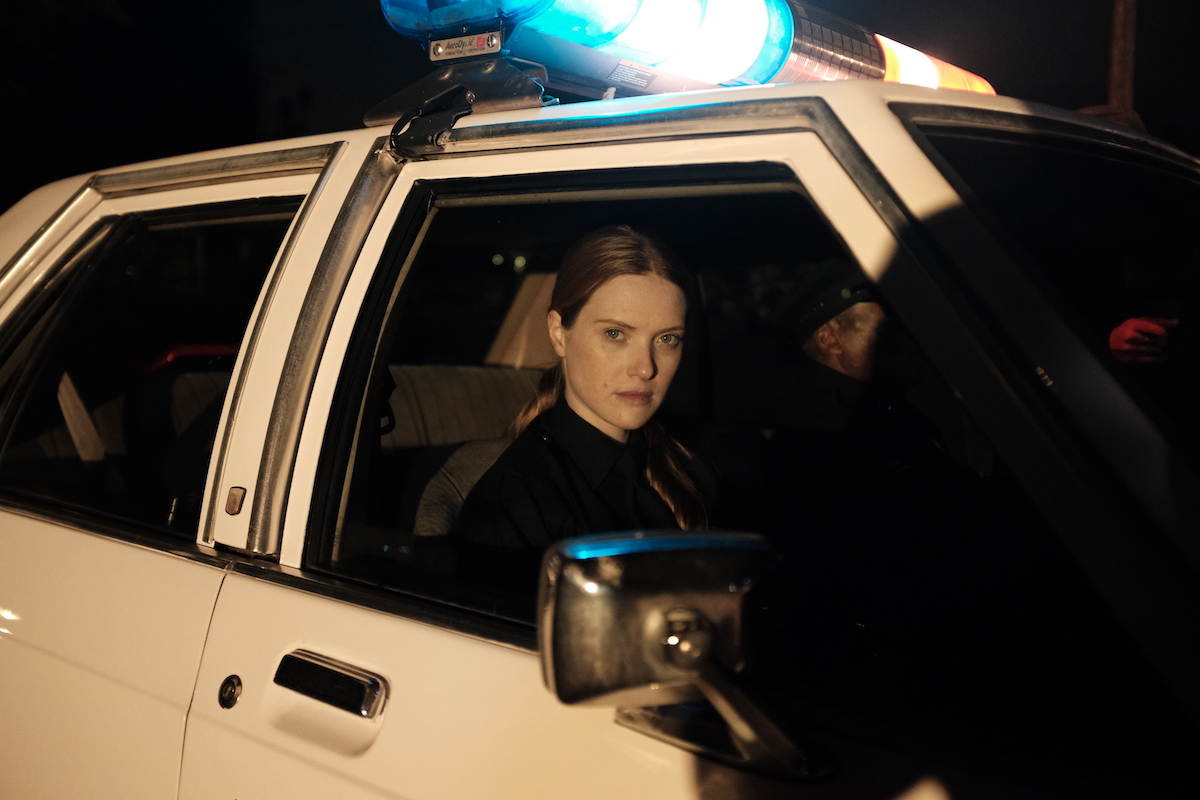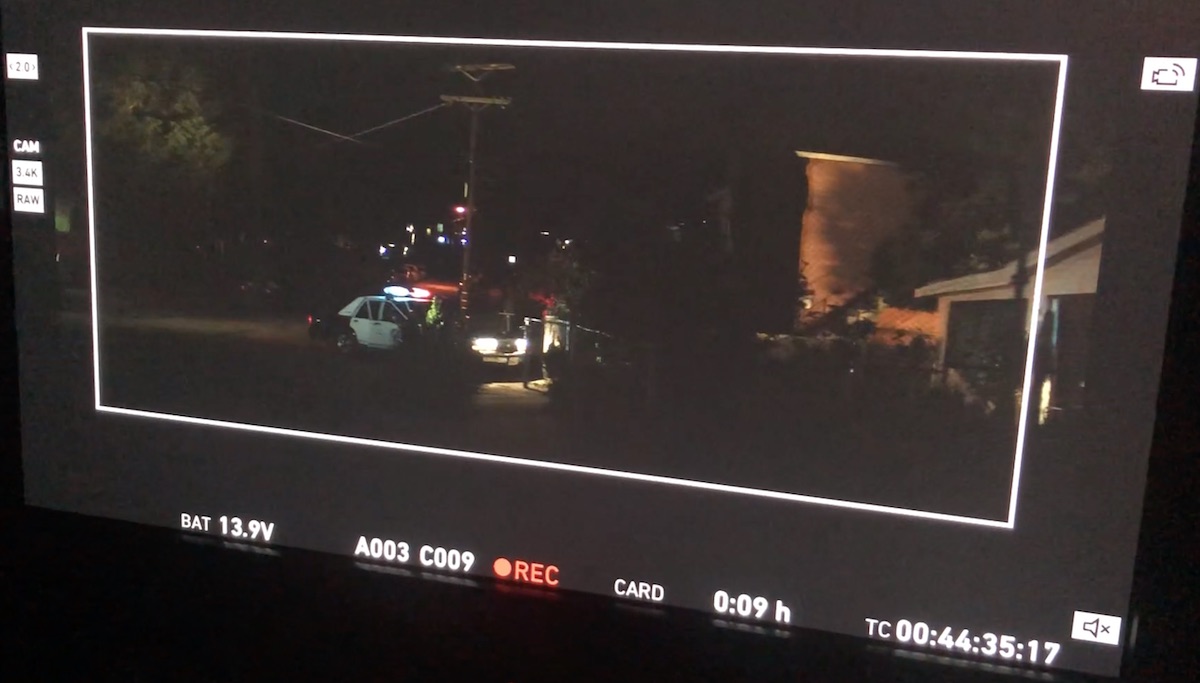Could you start by telling us a little bit about your route into directing via your work as a steadicam op?
As far back as I can remember, I always wanted to become a screenwriter and a director. So it all started from a storytelling perspective. But it felt essential to me to first learn the directing craft working as Steadicam operator, really close to established directors.
Luc Besson has been one of my most inspiring masters. Working close to him taught me how to tell a story with a camera and how to coach the actors.
Working at Jacques Audiard’s side, I learned how to write and direct the exposition of a main character by revealing his backstory exclusively through indirect dialogue lines. On set, Jacques Audiard showed me where to put the camera in order to develop the main character’s point of view throughout a whole movie.
Collaborating with Leos Carax I learned the language of dreams by allowing the subconscious to overwhelm my visuals without providing any tangible explanation to the audience.
But I would summarise my whole experience in a few words: Nothing matters more than the script.
Good or bad, almost anyone directs nowadays but only a few know the craft of screenwriting. The level of commitment needed to write an honest script is way beyond most of the skill of nowadays “so called directors” and way beyond their deep understanding of what is a character and therefore what is a movie.
The more and more easy access to a camera and an edit software can be compared to the easy access to any musical instrument…Meaning you can buy a guitar in any corner shop but it doesn’t make you Jimi Hendrix. You got to learn the craft. You got to learn screenwriting, the solfeggio of storytelling.
Your first music video, Rouge for Keffer, takes the color red, specifically blood, as its conceptual starting point before spinning off into abstracted scenes ripe with symbolism tapping primal human urges around violence. Can you tell us more about the creative evolution of this project and the specific imagery you settled on?
I wrote and produced Keffer’s Rouge on my own, with a deep anger and an urge to break into the business by launching my director career with a striking video. My will was to explore visual storytelling and the psychoanalytic archetypes through a love letter to the zoom lens.
The term Rouge literally means Red so I decide to highlight blood as a key element to every rite of passage. From birth to coming of age.
Since Rouge was my first video as a director… in essence Rouge is a birth, an uprising, a war, a murder, a takeover. A panel of emotions I deeply felt toward the business andits gatekeepers. Therefore you would notice the underlying violence creeping throughout the whole video. Needless to talk about the bath of blood in the ending scene…
Basically I set up a series of cinematic cliffhangers switching between tension and emotion.
Each sequence guides us through stylized compositions endowed with a hypnotic touch.
The zoom lens is an underrated tool. Zooming out allowed me to expose tense situations caught in tight angles and then to introduce opposite information as the shots unfold. Zooming in allowed me to break through the inner feelings of the characters while they were overwhelmed by torn emotions.
The building of Keffer, Rouge revolves around six initiation rituals buried into our collective unconscious. Each one of these rituals is in essence violent and therefore related to blood.
You’ll notice that I mostly write female lead character pieces.
Birth is symbolized by the mother’s scene, protecting the newborn child that she just gave birth to… isolated in a forest… and surrounded by starving wolf packs.
Hunt is symbolized by the naked woman covered in blood. She aims a shotgun at some secret society member face unseen, hidden behind a deer skull mask. The revenge comes with the gunshot. She kills the deer man. The Deer is a mythological animal symbolizing coming of age. This staging can be seen as my female homage to Michael Cimino’s The Deer Hunter.
Religious Baptism is another initiation ritual that I portray with the abstract scene of the body bleeding from underneath a white sheet. The nun holding a bloody dagger symbolizes any religion violence inherent to death and rebirth to a new spiritual consciousness.
War is one more coming of age experience. I enjoyed setting up a samurai duel bathed with smoke. The woman figure stands in between the masked warriors, anonymous face under a veil, as if women were outsiders to war. Objects of denials.
The knight raising a decapitated head depicts uprising. This is the price to pay to make your own way to the throne. One more coming of age ritual filled with blood. Anybody can relate to such imagery.
Periods mark a coming of age step for young girls. Blood is again intrinsic to this gap. The violent tableau of the wave of blood surging down the stairs depicts the overwhelming feelings running through this little girl’s mind as she’s becoming a woman.
Throughout such a prism of strong images I try to deeply impact the level of subconscious reading of the audience. Keffer – Rouge got Vimeo Staff Picked and got me my first representations by Academy films in London and most of all by Soldats Films in Paris.
In The End for KCPK, you develop this tendency towards dark symbolism with a more narrative, albeit still abstracted story, of a girl undergoing various moments of psychological trauma in a high school setting.In your interpretation, what is this film about?
The video The End for KCPK is all about encounters. Three years ago I conceived this project without any track or artist attached. I tried to submit it to musicians like SBTRKT, Para One or Koudlam, and for some reason it always failed.
Eventually, the whole concept was triggered by my producer, Pierre Cazenave of [Parisian production company] Soldats. He gave me KCPK’s EP and I literally went wild about the title The End with its never-ending guitar rise on an electronic beat.
Throughout The End I catch fragments of a tormented student’s nightmare as she struggles between a torn relationship with her mother and an unreciprocated romantic obsession.
The visual depicts an odd journey through adolescent angst bathed in underlying sexual tension. Like a puzzle of the heroine’s senses and feelings flowing with a gradual force and oppressively constant.
It is again a snapshot of coming of age. At this stage rules get rewritten as never before. You open your eyes to what lies beyond family and school. It is the first time you’re seeing yourself in the world, but emotional reactions overwhelm your ability to understand and cope.
I used a melt language of dream and nightmare in order to translate that we’re trapped in the maze of our heroine’s imagination and fantasmas.
You also introduce the question of the reliability of the narrator in The End (which you develop further in you most recent music video Call of the Wild) while inviting the viewer to experience a sort of psychosis or psychotic break from reality. Stylistically and creatively as a director what is it that interests you about exploring this space?
With Agoria’s Call Of The WildI keep on exploring the same themes and patterns of screenwriting and directing.
Growing as a writer, you tend to tell a story through the angle of certain characters. Therefore it becomes more interesting if the audience feels like the main character point of view might be unreliable due to her drug habits, mental state or psychological trauma.
The thin line between what the audience’s eyes should consider as reality or should perceive as the product of the character’s imagination open an amazing space of storytelling levels.
On the surface Call Of The Wild seems to be the most literal of your films to date – the narrative is more easily discernible, the characters more defined by the crime genre they exist within. Yet there’s this scene at the end where again we fracture from reality and there are fragments of dissociation through drug use. Can you explain a little about your creative process behind this piece and the development of the concept and narrative?
Call Of The Wild for Agoria is my second film produced by Soldats Films. It just won the Vimeo Staff Pick !
My producer Pierre Cazenave provides me a guarantee of freedom and mutual respect in the creative process. It is only because of Pierre and his associate, the talented editor Gregoire Giral, that I can keep on developing such a strong body of work.
Pierre Cazenave’s support and engagement in the creative process goes on film after film. The main idea behind Call Of The Wildwas to shoot the pilot for my feature movie project, Lifeline, currently being developed by Soldats Films.
This film introduces a new female hero high-concept. Jane, an enigmatic LAPD rookie, is trapped into a scary police hazing ritual and forced to face her secret power to dive into death.
Pierre Cazenave triggered it all again by introducing me to the amazing electronic music artist and producer Agoria aka Sebastien Devaud. I pitched him the concept…
From there, Agoria agreed and offered me one of the most iconic tracks of his forthcoming album Drift.
The supernatural-thriller tone of the script fits perfectly the mood of the track Call Of The Wild. The fast-paced menacing vocals of Philadelphia rapper STS complements the cold and uneasy mood created by Agoria’s industrial-tinged beats.
It was an exciting experience to collaborate with Agoria as he re-worked his track through the editing process of the video by adding powerful instrumental parts. Agoria’s inputs were priceless in terms of balance between the music video and the narrative segments.
Call Of The Wild is a female Orpheus myth. Death is the ultimate Pandora’s box. Dealing with it calls us to face inherent fears over the unknown. Jane breaks these boundaries and unveils the mysteries of the antechamber of death. Not dead yet, but no longer alive.
The concept of a female character blessed and cursed with an Orphic power came to me through personal mythological research. I created the concept of Jane as a real-life Fury. Furies are the snake-haired goddesses of vengeance, that under earth take vengeance on men, whosoever hath sworn a false oath.
Jane is a fascinating character, for me to keep on exploring the thin line between real life and dreamlike perception. This pattern allows me to even speculate with the audience on the reliability of Jane’s Orphic power.
The feature film will open even more doors.
See footage film here: IMG_5726
Actress Fleur Geffrier has played the lead in two of your films now – what is it about her performance that you connect with in particular? And should we expect to see her returning in a future project as you continue to build the world you’ve started exploring?
Fleur Geffrier and I are from the same generation. We share a common cinematographic cultural background. She deeply understands the inner feelings and the arc of the character I wrote. Fleur masters the craft of acting. Before every project I provide her a huge bible of her character’s backstory and traumas. Her performances are precise, deep, and still surprising. It is always an honour for me to collaborate with such a smart actress. She has everything and more. I love to direct her. She is an amazing collaborative partner. Hope we’ll work together again soon.
